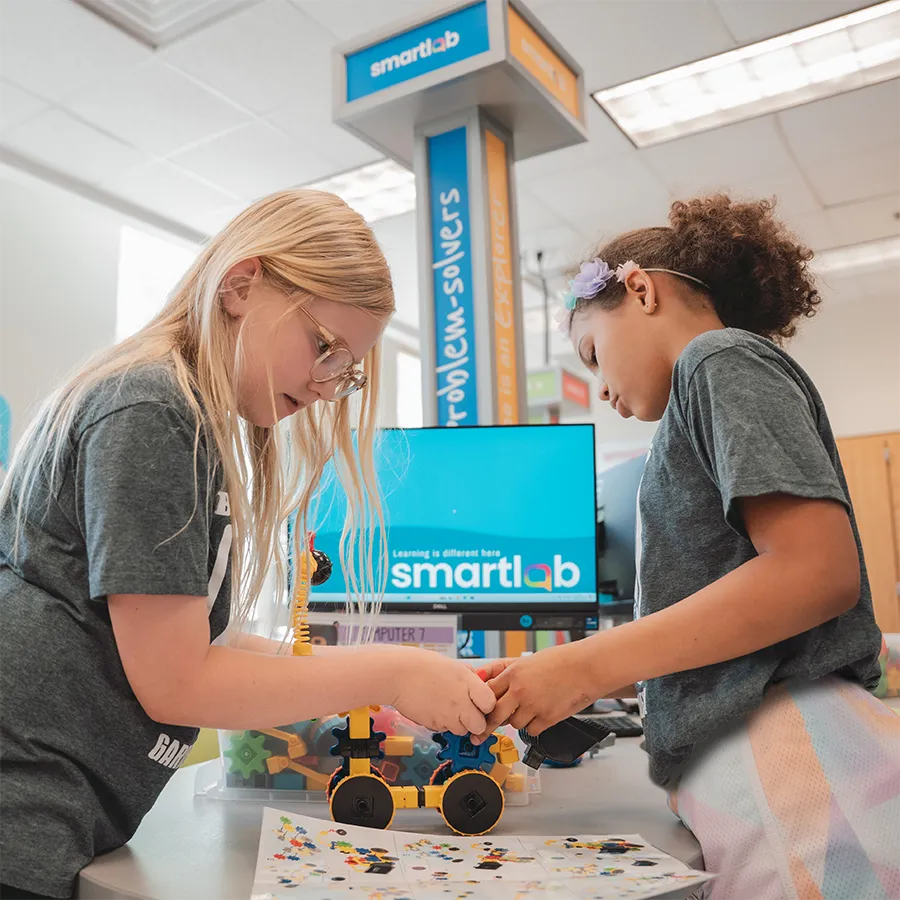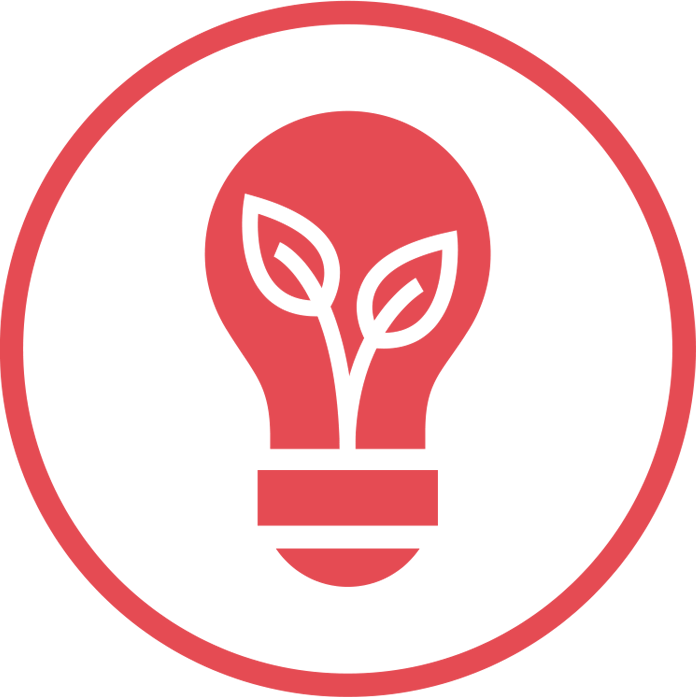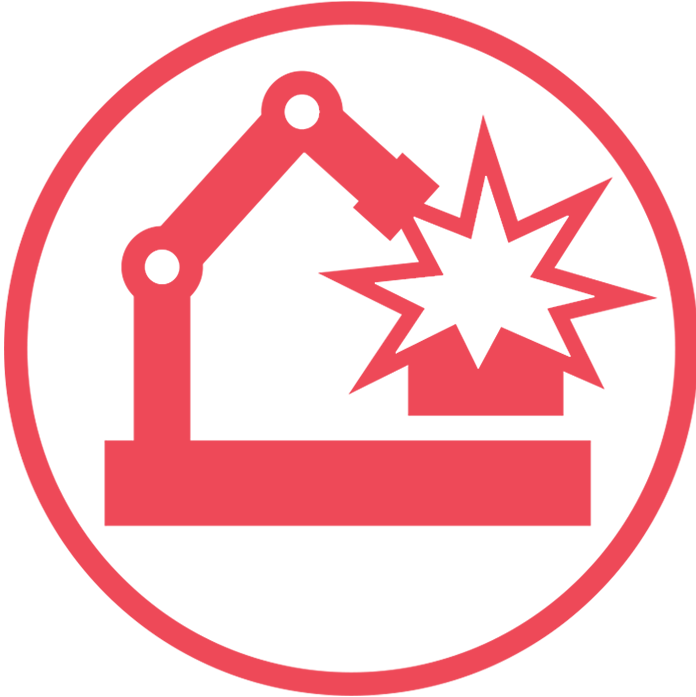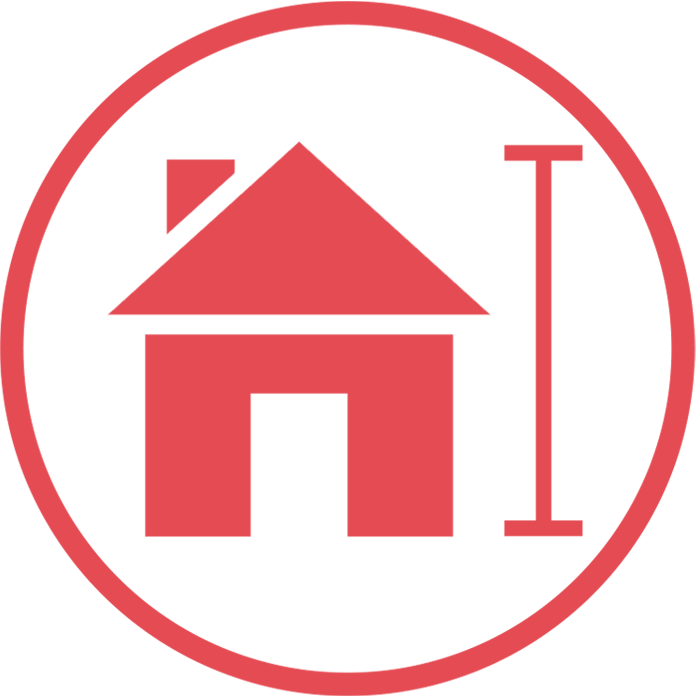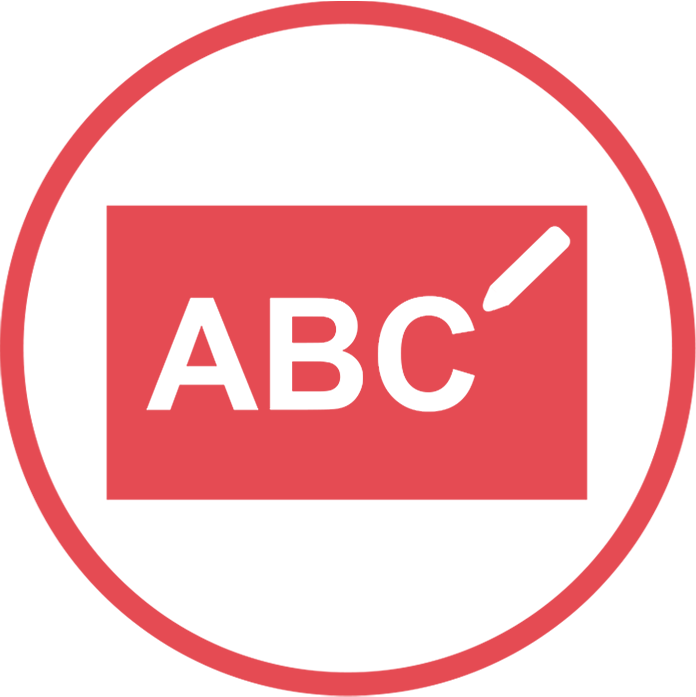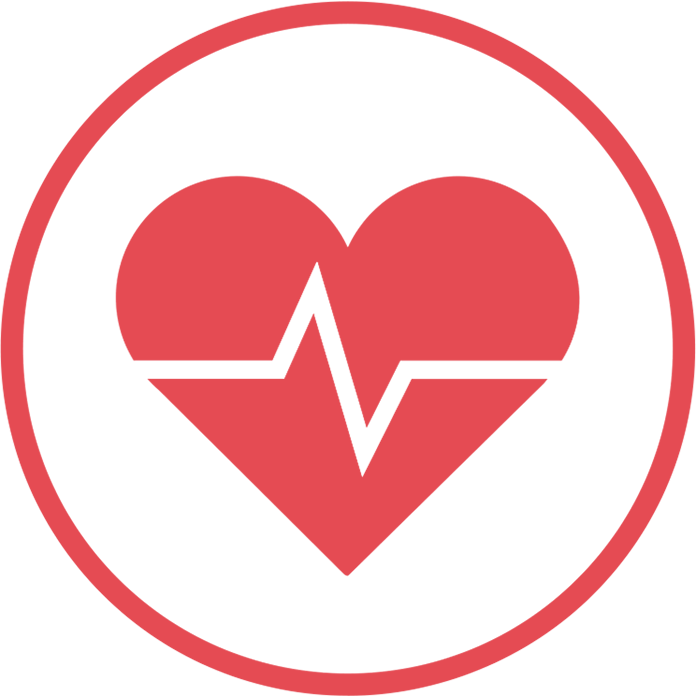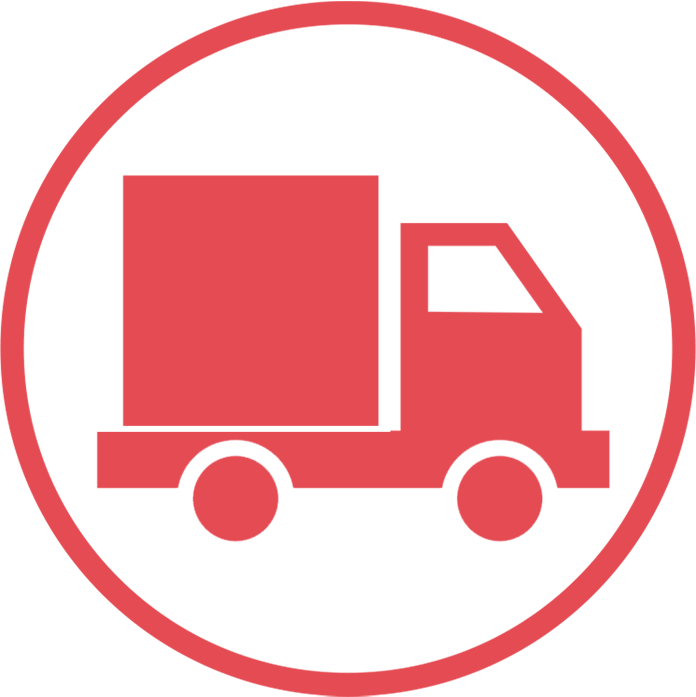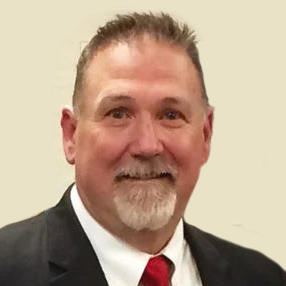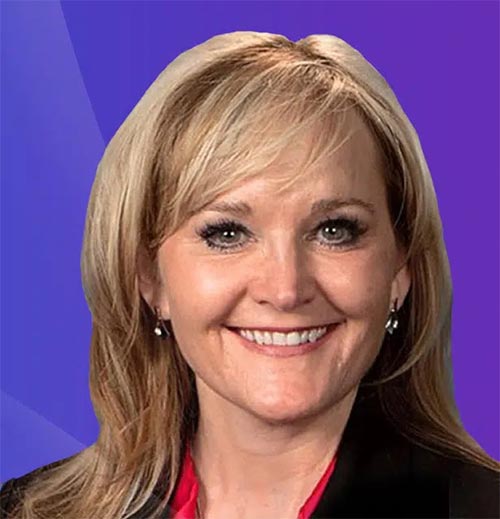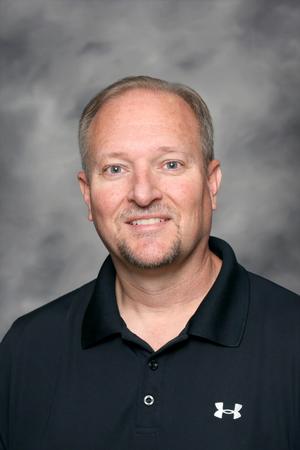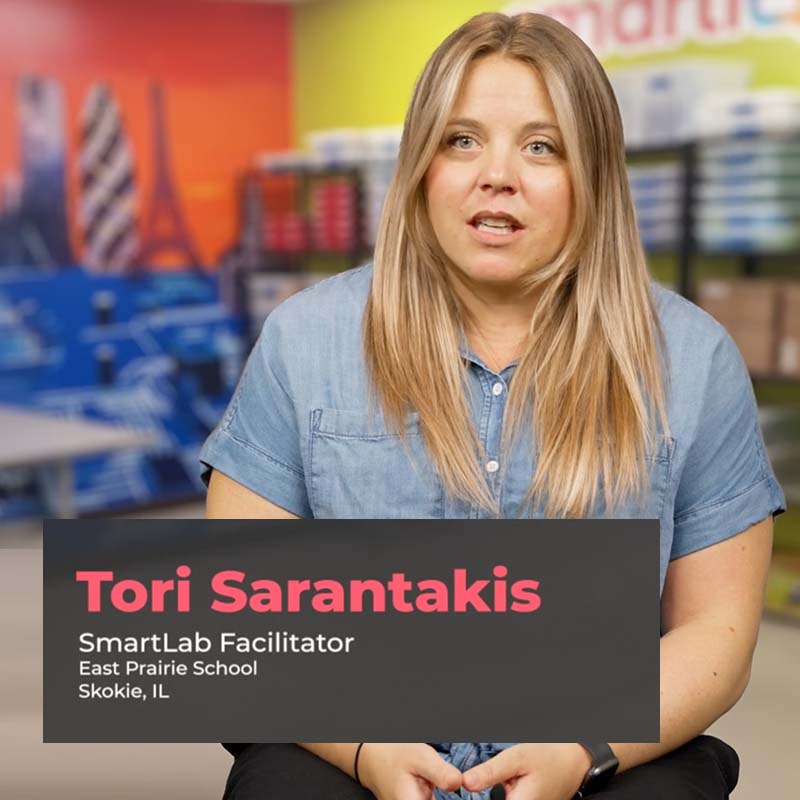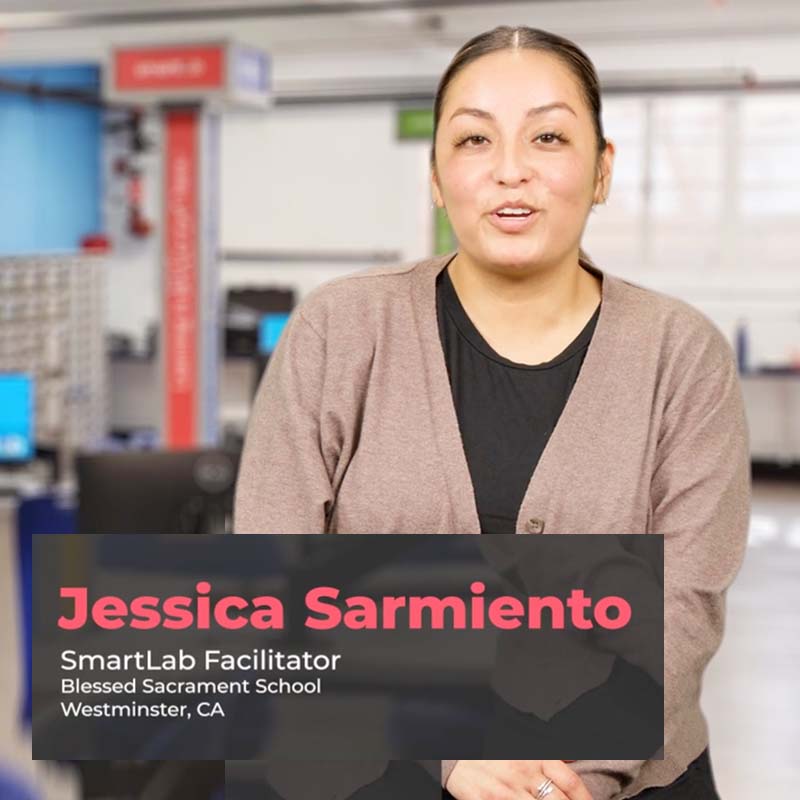Student engagement is at levels I have never seen in my 23 years of teaching. Students love the lab and are constantly asking if they can come down in their free time to continue working with Ukits, or Engino, etc. I’ve never been busier as a teacher, but also have never had more fun. It’s encouraged me to gladly take work home and get more proficient in areas such as coding and circuitry. I see myself as a lifelong learner, and this lab not only meets the needs of my students but also fulfills my own growth as a facilitator and person. I appreciate my administration for investing in this lab and appreciate SmartLab for offering such an incredible product!!!
Career & Industry Pathways
Career readiness starts with engagement.
Too many students leave school without a clear path forward. At SmartLab, we change that—by creating hands-on, meaningful learning experiences that spark curiosity, build STEM identity, and connect students to real-world possibilities. Our five-part ecosystem empowers students to see themselves in future careers—starting as early as kindergarten.
More than 40% of high school graduates
are not prepared for traditional college
or for career training.”
When students are engaged, they build the confidence to explore—and the curiosity to keep going. That’s why SmartLab starts with hands-on learning. It captures attention, builds momentum, and helps students see themselves in the work. That connection—to purpose, to possibility—is the foundation of a strong STEM identity.
Hear how engagement helps spark STEM identities early
Connecting Classrooms to Careers
Career & Industry Pathways are the framework behind SmartLab’s approach to career-connected learning. From classrooms to careers—through real-world connections, SmartLab helps students explore the industries and technologies shaping their world. By combining hands-on STEM learning with career-connected experiences, we empower students to discover what’s possible—and see themselves in it.
Every student. Every stage. Every future.
SmartLab programs meet students where they are—guiding them through hands-on, meaningful STEM learning that inspires growth and possibility.
SmartLab Explorer (K–5)
Explorer introduces K–5 students to hands-on challenges that spark curiosity, build foundational skills, and help them start imagining what’s possible in their future.
Harvest Hauler Unit
Harvest Hauler is a hands-on challenge where students build a device to transport small objects, simulating the movement of crops. Through testing and redesign, they explore mechanical systems, measurement, and real-world problem-solving.
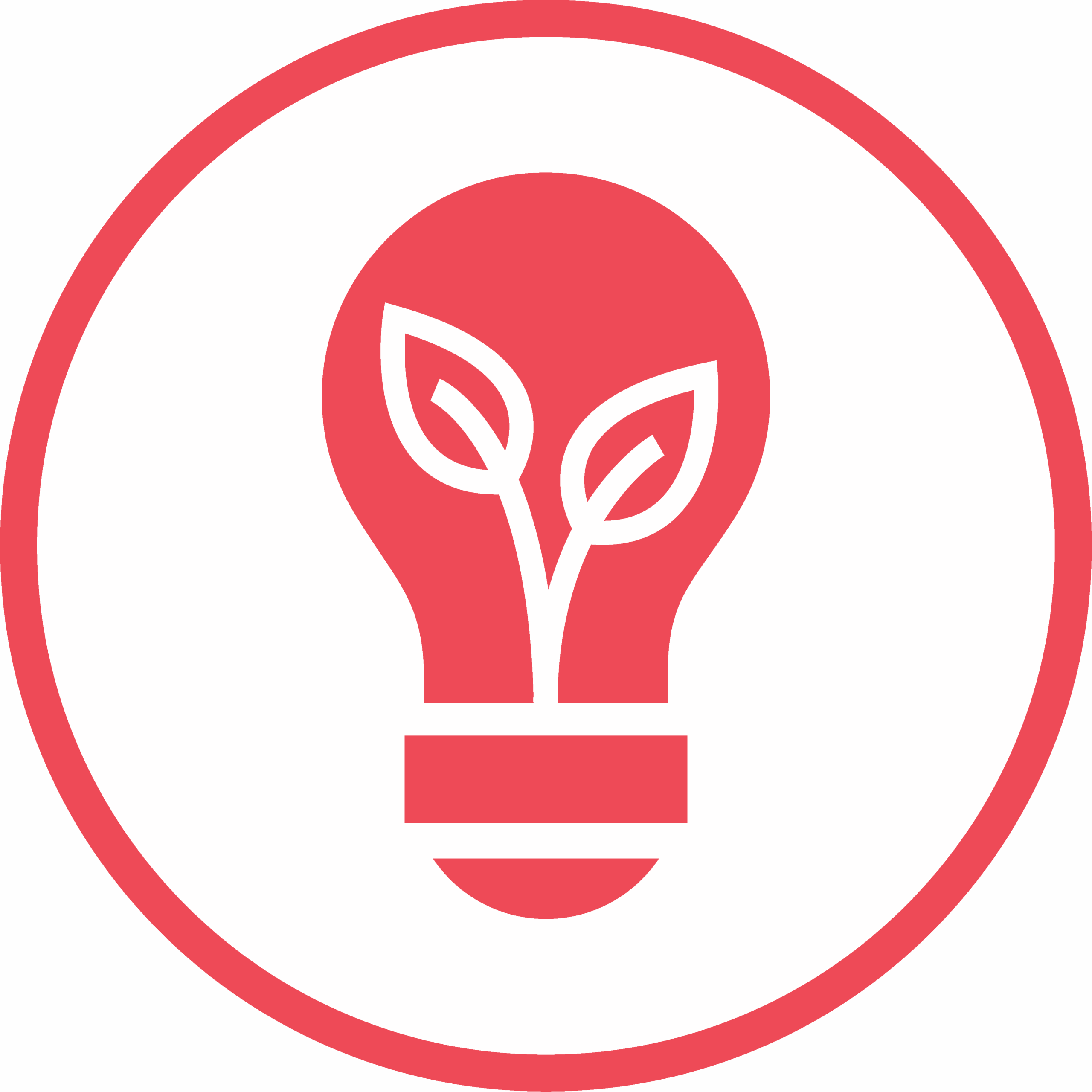
Industry: Agriculture,
Natural Resources and Energy
Integrated STEM Application:
Robotics and Control Technology
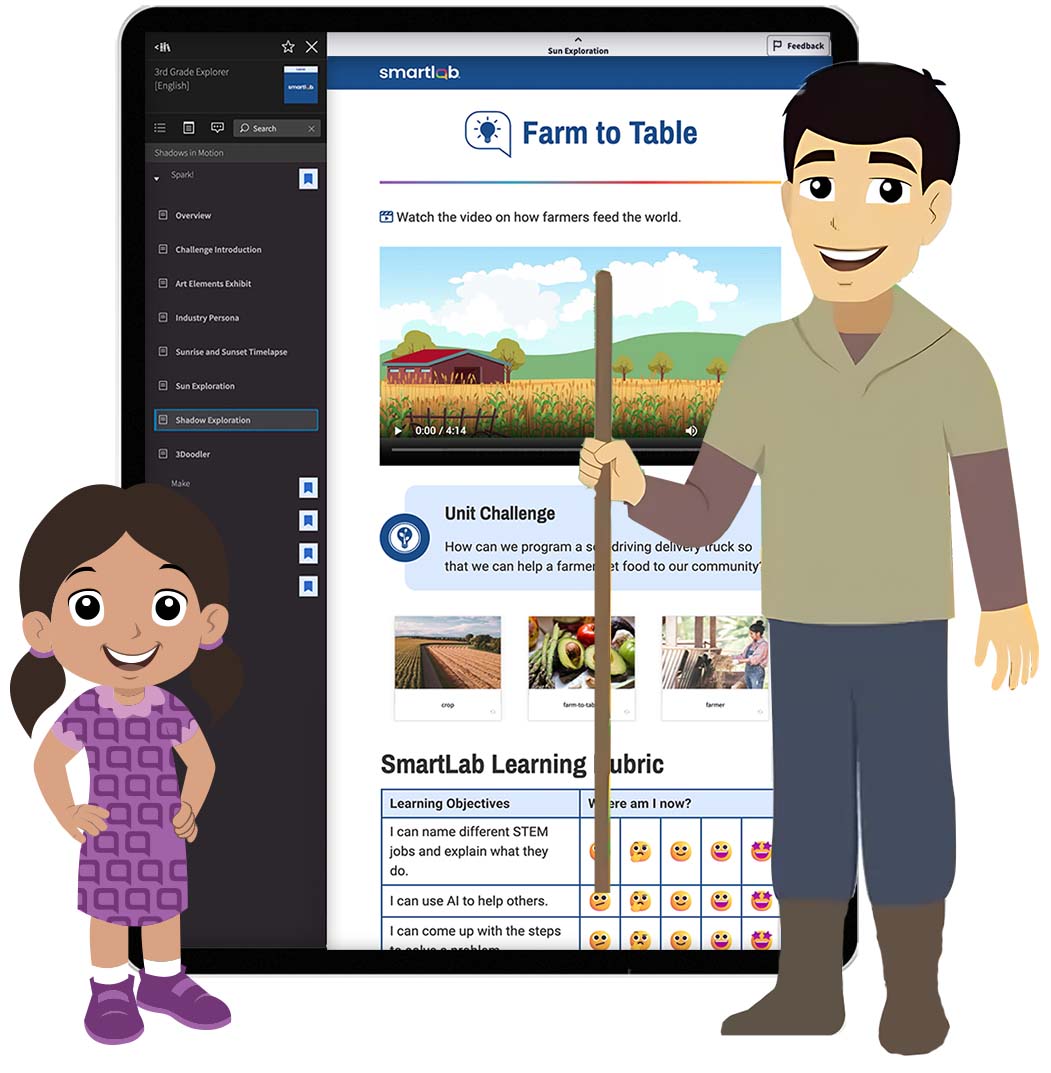
SmartLab Pathfinder (6-8)
Pathfinder challenges middle school students to take on real-world problems, explore their strengths, and begin to see how STEM connects to their future—all while building collaboration, critical thinking, and
self-belief.
Community Connections Unit
Community Connections invites students to explore how technology and design can solve real-world problems in their local area. Through research, planning, and prototyping, they develop solutions that strengthen community well-being and engagement.
Industry: Construction
and Architecture
Integrated STEM Application:
Modeling and Design
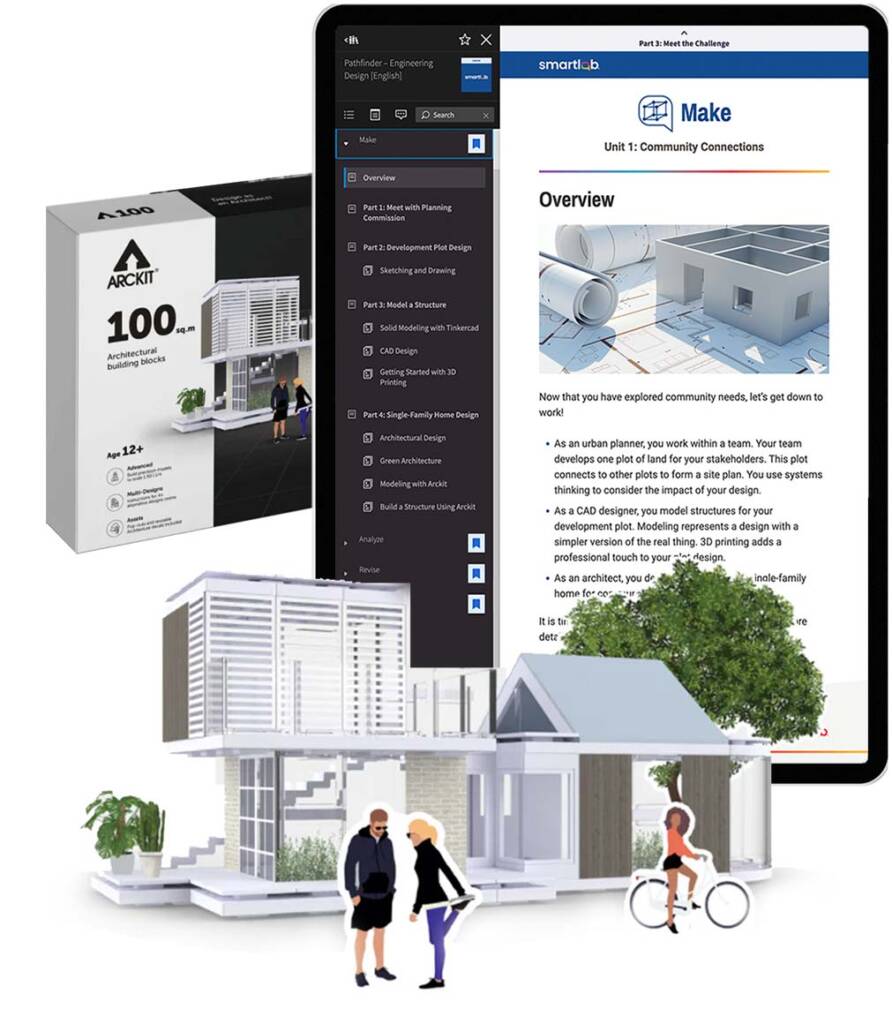
SmartLab Spark (K–12)
Spark introduces students to hands-on tools and creative technologies that excite, engage, and invite exploration. It’s a flexible way to fuel curiosity, spark new interests, and open the door to deeper learning—all through joyful, low-barrier experiences.
Home Energy Audit
Home Energy Audit engages students in exploring how energy is used—and often wasted—at home. Through hands-on activities and real-world analysis, students identify inefficiencies and suggest practical solutions. The unit builds knowledge in environmental science and data literacy while encouraging critical thinking about sustainability.
Area of Exploration:
Environmental Technology
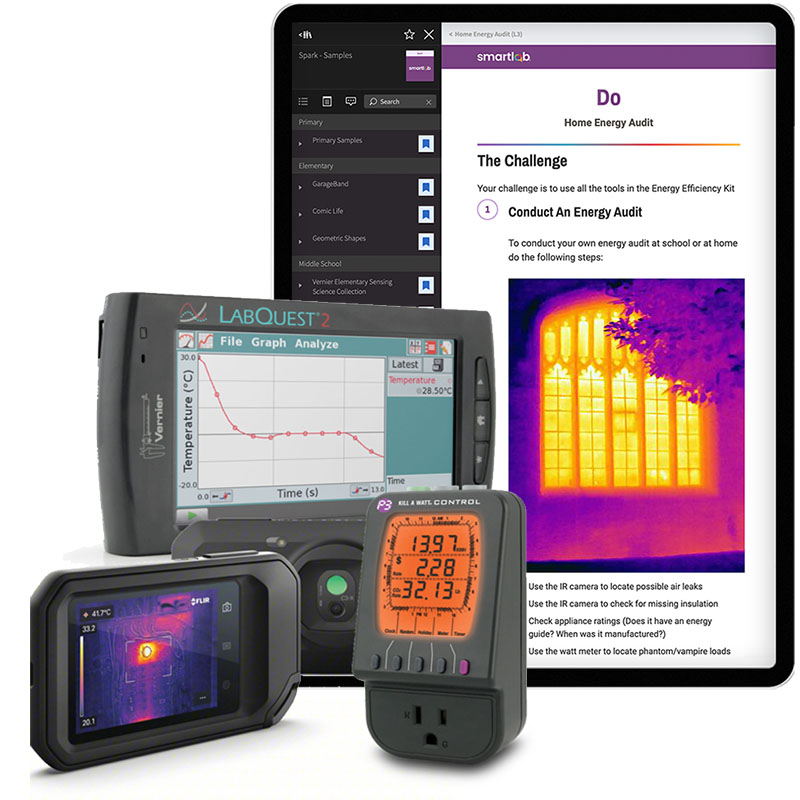
From Curiosity to Capability
SmartLab gives students the tools to explore, the space to collaborate, and the confidence to grow—building durable skills they’ll carry into every future challenge. Whether they’re solving problems with a team, presenting their ideas, or learning from mistakes, students are practicing the mindsets that matter: resilience, creativity, critical thinking, and communication. Along the way, they begin to see themselves as problem-solvers, creators, and future STEM leaders—building not just skills, but a lasting sense of identity and possibility.
The result? Students walk away saying: I belong here. I can do this. I add value. I’m future-ready.
When students see themselves in the work, everything changes.
Students take on real challenges, solve meaningful problems, and create with purpose. They discover what they’re good at, what they care about, and where they might go next. When their ideas are valued and their voice is heard, they begin to see themselves as learners, leaders, and future contributors in STEM and beyond.
Inspired? See how to bring career-connected learning to your school
See how career-connected learning empowers students
Ready to Build Career Connections?
Whether you’re building a K–8 STEM pipeline or expanding existing CTE efforts, SmartLab helps you make career-connected learning tangible—and sustainable. Let’s talk about how to bring these opportunities to your students.
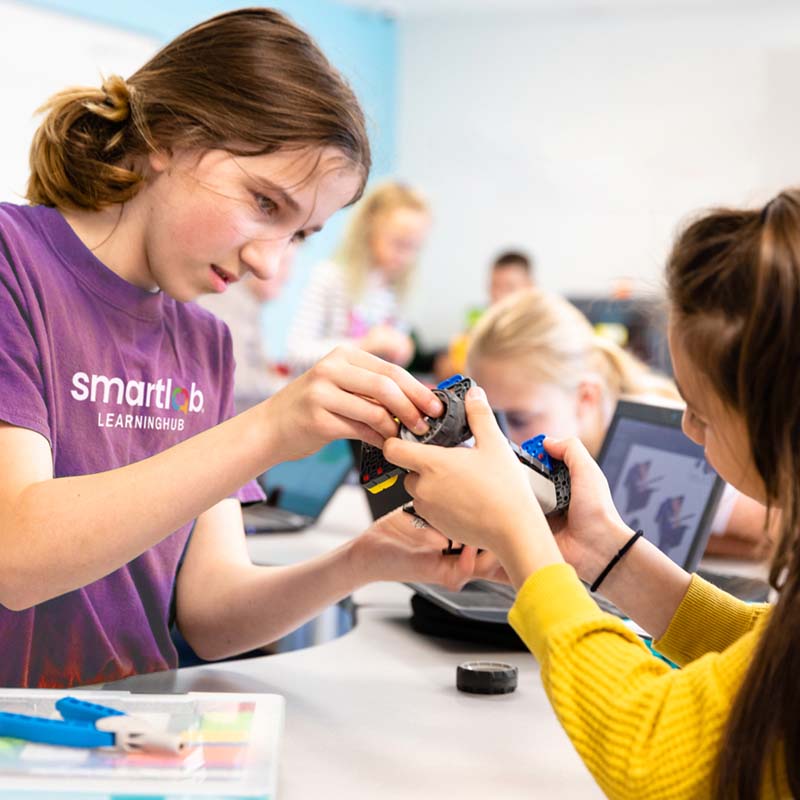
What Educators Say
Success in Action
Districts across the country use SmartLab to strengthen engagement, improve performance, and empower students.
Explore how different communities are making it work.
Ready to transform learning in your school?
Together, we’ll bring the SmartLab ecosystem to your school. Students will engage deeply in STEM, take on real-world challenges, and build the skills for lifelong learning, leadership, and career readiness.
